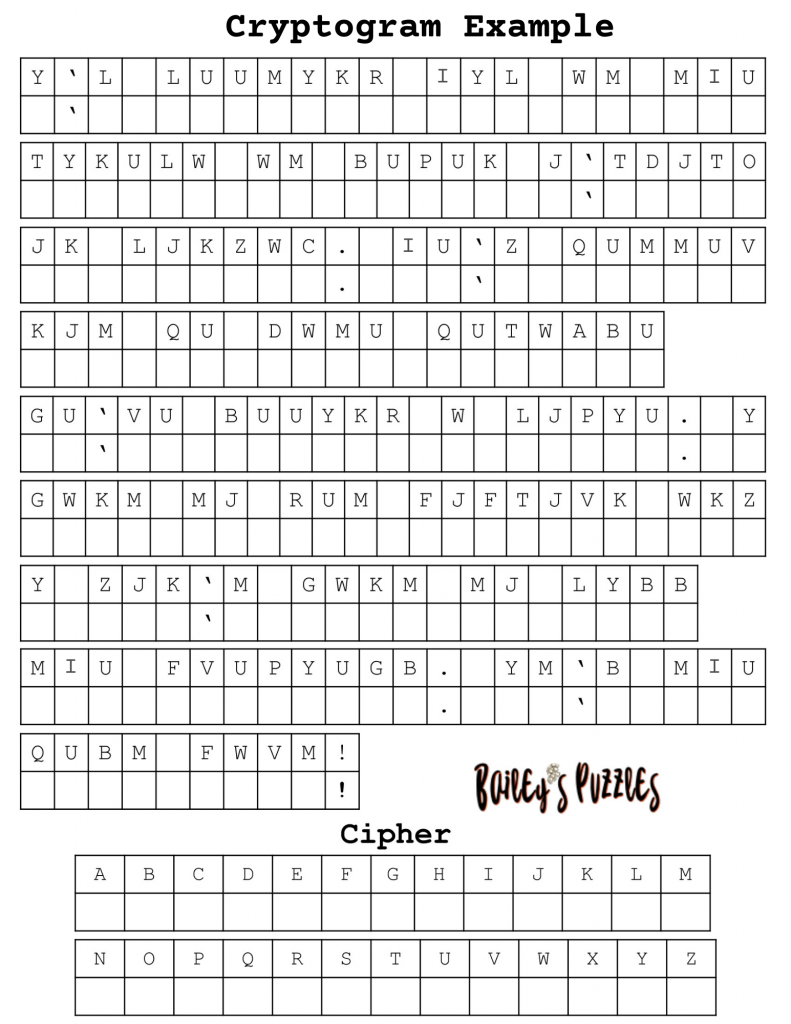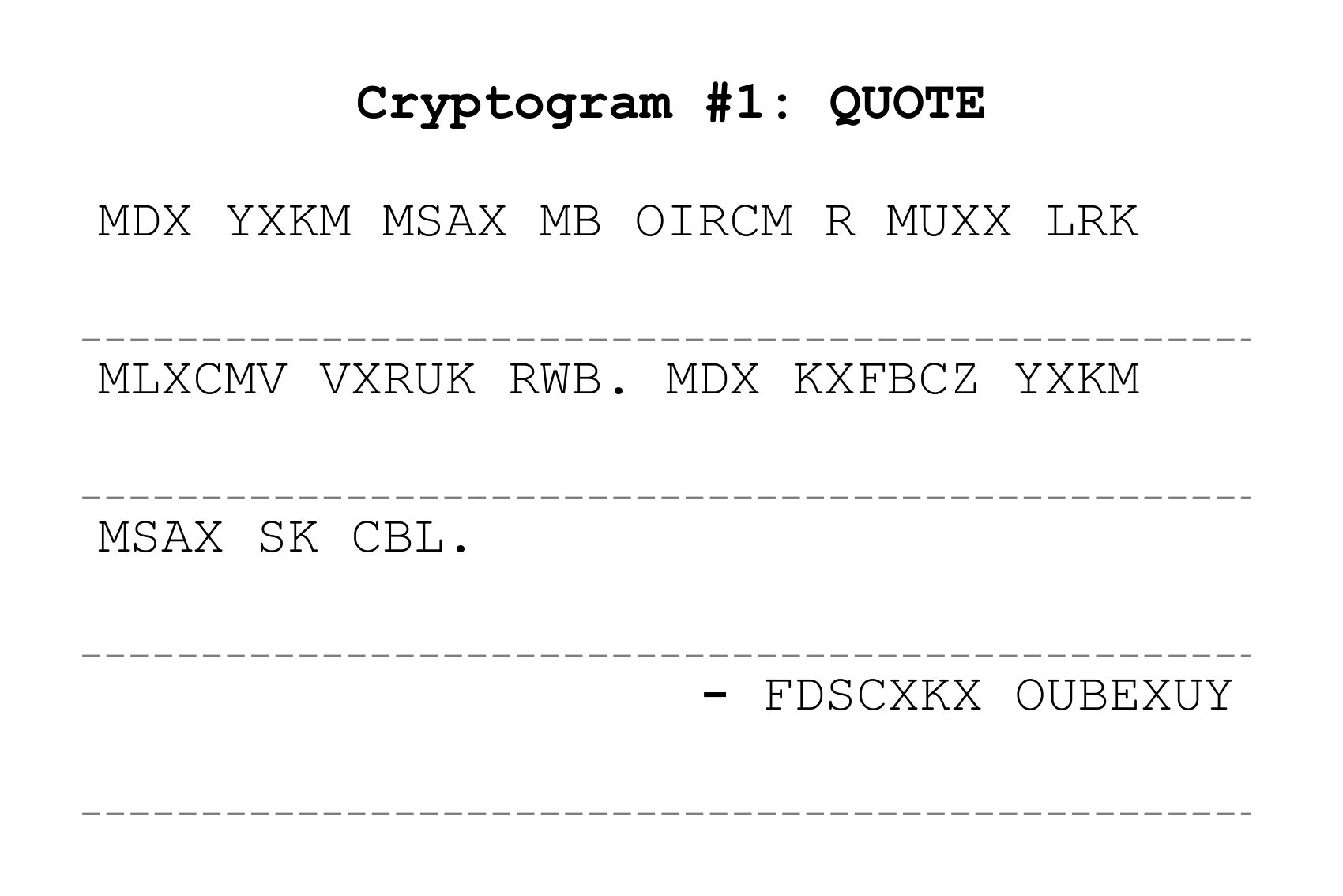
Furthermore, it cannot be known if this is a correct copy of the original. The number of spaces occupied by the symbols in the second and fourth lines from the bottom, and the number of spaces in the third line from the bottom, could be important, but cannot easily be determined. This would seem to be the correct approach to the first level, as it is obviously in the French language, but the text is either pidgin or jumbled up somehow. Probable text for the first layer of the Levasseur Cipher. Probable key to the first layer of the Levasseur Cipher.Īpplying the above key to the Levasseur cryptogram results in the following: Roncière links the symbols to an esoteric work, The Keys of Solomon. The nature of the first task is fairly well known, and takes the form of a 'pig-pen' cipher that occasionally appears in Masonic writings and illustrations. The second stage is to translate the cipher text and thereby reveal the plaintext. The first step is to translate the symbols into letters of the alphabet and numbers, if applicable. However, the puzzle exists, and despite its questionable provenance there is here an intellectual puzzle to tackle on cold wet winter days. The whole thing may be a hoax or, even, a cruel jest by La Buse. Provenance aside, it has occupied the minds of countless people hopeful of solving it, and has sparked off at least two major treasure hunts. It may have nothing at all to do with the pirate Olivier Levasseur. Roncière simply states that it was in the possession of a notary. Of course, the cryptogram could be yet one more hoax perpetrated at much the same time that the Palmer-Kidd maps and the Guayacán ciphers made their appearance. Furthermore, the cipher could be an example of the lengths to which pirates might have gone in order to protect their treasures, yet still make them accessible to anyone with the wit, or knowledge, to understand their messages. While the cipher is not associated directly with Oak Island, the operation of which it might be part bears a number of similarities. If c 3 = 1 c_3 = 1 c 3 = 1, we have S + 1 + 1 = 10 + O S+1 + 1 = 10 + O S + 1 + 1 = 1 0 + O, or simply S = 8 + O S =8 + O S = 8 + O, which forces S S S to take the value of 8 only and O O O to take the value of 0 0 0.Įither way, O = 0 O = 0 O = 0 is the only possible solution.Buried Treasure: Cipher Text The Levasseur CryptogramĪs far as can be ascertained, the Levasseur cipher surfaced in 1934 with the publication of Charles de la Roncière's book on the Seychelles treasure, Le Flibustier Mystérieux: Histoire d'un Trésor Caché.

If c 3 = 0 c_3 = 0 c 3 = 0, we have S + 1 + 0 = 10 + O S+1 + 0 = 10 + O S + 1 + 0 = 1 0 + O, or simply S = 9 + O S =9 + O S = 9 + O, which forces S S S to take the value of 9 only and O O O to take the value of 0 0 0. Keep in mind that the only possible value of S S S and O O O are 0, 2, 3, 4, …, 9 0,2,3,4,\ldots,9 0, 2, 3, 4, …, 9.

S E N D + M O R E M O N E Y \large 3 rd with c 3 = 0 c_3 = 0 c 3 = 0 or c 3 = 1 c_3 = 1 c 3 = 1. We will explore various techniques for tackling cryptograms, which provides you with a complete arsenal to solve cryptograms such as this: Furthermore, keep in mind that a cryptogram could have no solutions, one unique solution, or even numerous solutions. Solving a cryptogram by hand usually involves a mix of logical deduction and exhaustive tests of remaining possibilities. The most common form is a mathematical equation (as shown below), but sometimes there can be multiple equations or statements.

A cryptogram is a mathematical puzzle where various symbols are used to represent digits, and a given system has to be true.


 0 kommentar(er)
0 kommentar(er)
